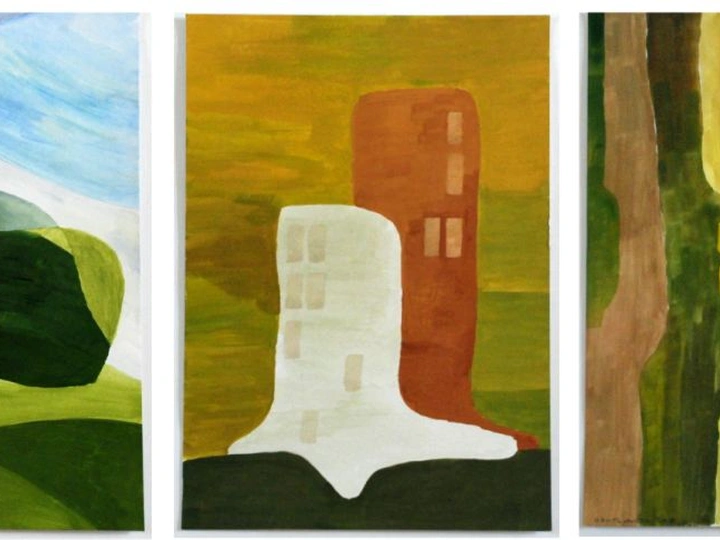BIO-arch SCHELTERING

AGNIESZKA KURKOWSKA DR [PhD], adiunkt [assistant profesor] at Wydział Architektury Politechniki Gdańskiej [The Faculty of Architecture, Gdańsk University of Technology]
An architect
https://pg.edu.pl/p/agnieszka-kurkowska-1332654
An architect and participant in artistic projects. An author and co-author of architectural objects and urban composition, as well as of small useable forms. She works on the theory of architecture (inhabitable space) and the space architecture shares with art. Additionally, she takes a vivid interest in general education in architecture. She has authored scientific publications; she has participated in art exhibitions (intentional projects, photography, sculpture, painting) and acted as a curator thereof.
She touches the world with the form. She draws, sculpts and situates clay objects to verify whether the place accepts them. She seeks a sense of compliance. For her, compliance directs the attempts at creating forms. The author suspends her thoughts between what is known and what is expected by her. Her experiences create forms. Her forms are woven from dreams and arranged from experience; they touch with hope, their well-thought shape borrowed from the place and donated to the place. Forms that can accommodate houses as shelters safely embedded in the Kashubian landscape. Forms that sound of the forest. Outline and contact plane. They define the course of the relationship. She expects them to confirm the purpose of her search. This stage of the process carries the fear of failure but is also marked with the hope of adaptation.
The most important aspect is the touch extended along the irregularity of the object. Touching the ground and air. Touching the backgrounds. The emanated smell and the evoked sensation. Transience that gives meaning.
A human being is looking for a formula for a house inscribed in environmental relations. While creating its form, it is worth looking carefully at the place one lives in. The course of the lines that make up the landscape can be studied, the outline of plants can be sketched, whereas plant elements and the structure of the ground can be looked at and studied. It is possible to closely observe the relationships between the existing elements. This is how the author's original work is conducted. It consists in searching for a form of a house inspired by nature. Intuitive sketches, drawings, and paintings lead to clay sculptures being created. With these bimorphic sculptures, the author returns to the forest, to the meadow, and to the shore of the lake. It is where she arranges these sculptures in such a way that they fit the place. As an artist, she experimentally tests various solutions and documents them with photographs. As a researcher, she looks at the effects; she analyzes and classifies them. In this way, the author seeks an answer to the question of what residential houses that match the researched places could look like. She works in the area of the Kashubian Lake District in northern Poland; the area has been inhabited by native Kashubians for centuries. It is worth paying attention to this place so as to preserve its unique values. It is also worth creating houses in accordance with the existing place, with respect to tradition, with care for biodiversity and humility towards the overly exploited planet.